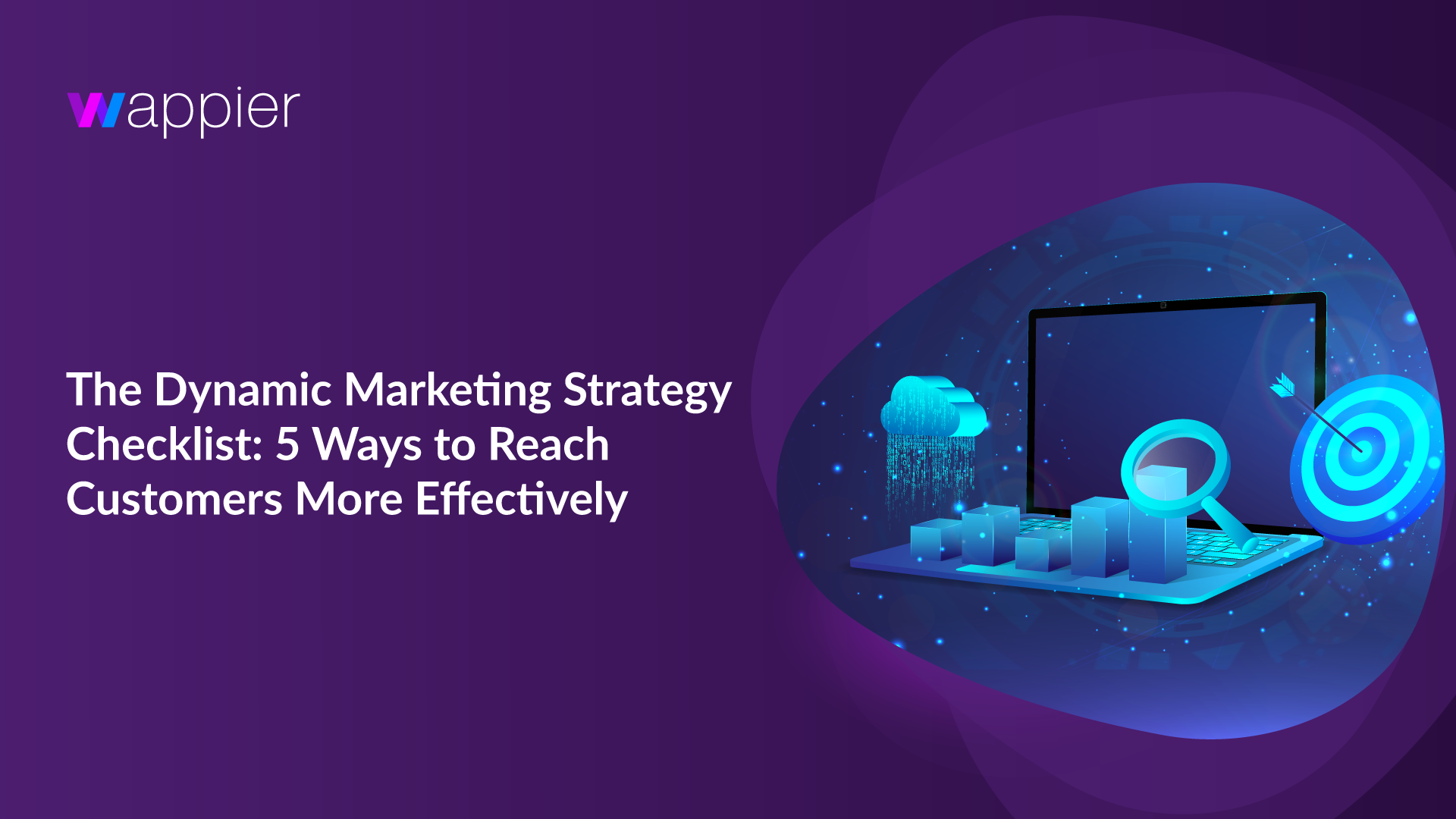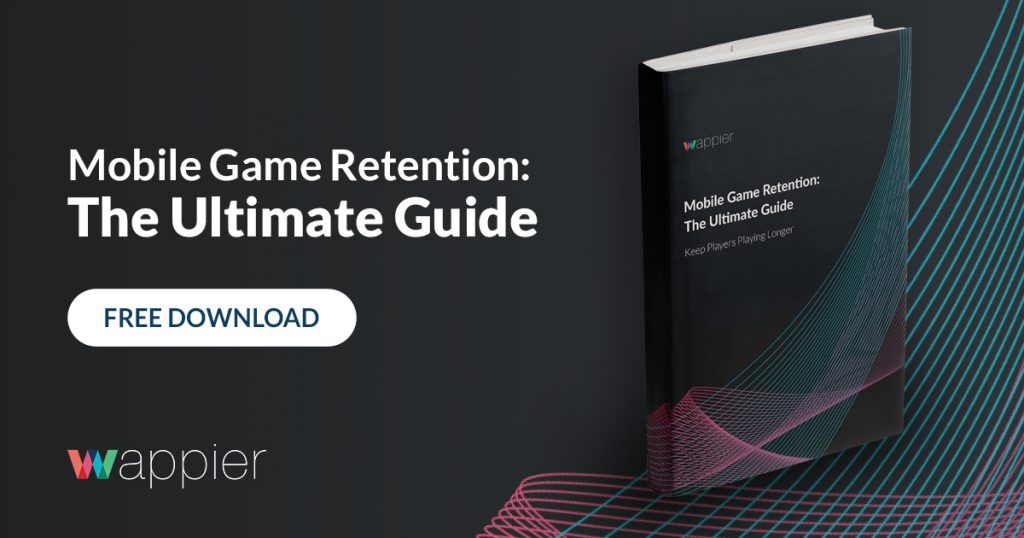In 2024, personalized and dynamic marketing strategies remained essential for marketers worldwide. Not only do they maximize customer lifetime value and drive a high return on ad spend, but 76% of consumers are more likely to purchase from brands that offer personalized experiences. For these reasons, it’s always a good idea to develop dynamic marketing strategies that make the most of these opportunities.
In this article, we’ll highlight several techniques that will help your dynamic marketing campaigns make a bigger impact on high-value customers.
Jump to a section…
What is dynamic marketing?
Dynamic marketing is the strategy of using customer data to deliver highly personalized and relevant marketing content to prospects. Instead of developing a static chain of advertisements and offers directing customers to a given purchase, dynamic marketing analyzes individual buyers and deploys promotions that both maximize revenue and demonstrate consideration for their unique customer journey, all in real time.
A dynamic marketing system can automatically vary its content, messaging, tone of voice, visual elements, and more based on previous customer actions, preferences, interests, and associated behavior. With enough information, marketers can execute advanced strategies by leveraging data points like probability to churn, the probability to convert, and lifetime customer value.
The primary objective of dynamic marketing is to create excellent customer experiences at a one-to-one level. When dynamic campaigns are designed effectively, individual consumers should feel understood and valued by the brand they interacted with. This process tends to increase loyalty, retention, and the overall value of each customer. For marketers, the challenge is to shift strategy from targeting a broad audience segment to understanding customer needs at an individual scale.
For more details and examples of dynamic marketing, read “How Dynamic Marketing Gives Customers What They Want in Real Time.”
The dynamic marketing strategy checklist
Start with reliable data
The first and most vital element of any dynamic marketing initiative is customer data. You need a clear understanding of each customer’s spending history, product preferences, retention, engagement, and more. These data points and others are often housed in what is known as a Customer Data Platform and then leveraged through integrations with marketing and/or merchandising platforms.
At a minimum, you should identify your potential customers, their pain points, and what marketing channels are effective for their demographic. Reliable market research can be used to supplement whatever may be missing. If there are any gaps, look into competitors who are already established in the space — find out how they reach consumers and identify any opportunity gaps you can leverage in your own campaigns.
Focus on your highest-value prospects
One significant benefit of dynamic marketing strategies is the opportunity they provide to focus on your most valuable prospects. After all, if you can attract new customers who are deeply engaged with your brand on day one — and have the loyalty of retained customers.
The primary challenge is identifying high-value prospects and recognizing potential value as early as possible. A good strategy is to begin by analyzing your highest value customers and looking for trends in their early engagements that could serve as leading indicators of downstream value. Make a note of unique traits, including demographics, location, and device type. Once you’ve established these characteristics, a dynamic marketing system can use them as a baseline to inform its algorithms about hidden customer traits and behaviors.
Identifying high-value customers as early as possible has a fascinating side effect — they increase the value of lower tier customers. Construal level theory suggests that prospects engage with ad content that reflects their level of interest or investment with a brand. By distinguishing between high and low value customers, dynamic marketing systems can personalize ad creative to meet these expectations, driving higher performance and more revenue.
Deliver the right message at the right time
As we’ve previously discussed, dynamic marketing makes it possible to generate offers and ad creative automatically. These are powerful tools for ensuring a message resonates with customers — but engagement refers to more than just the ad itself. Factors like tone or even the time of day can dramatically influence whether someone will accept an offer. If one customer is more likely to interact with an in-app offer first thing in the morning while another is more likely to interact after business hours, dynamic marketing ensures you have the tools to reach them both.
This is why the goal for any dynamic marketing strategy is to deliver the right ad to the right customer at the right time. Products like wappier’s Next Best Action tool analyze behavioral data to determine the optimal offer, message, and imagery for an individual in a given moment. It also accounts for individual customer touchpoints and preferences to craft personalized experiences at scale.
Simplify the buying process
In 2024, the global average shopping cart abandonment rate across various industries was approximately 70.19%. This indicates that nearly seven out of ten online shopping carts were abandoned before purchase completion
Each additional step in your buyer’s journey increases the likelihood that a prospect will change their mind about making a purchase. As marketers, your job is to minimize this impact as much as possible, and a dynamic marketing strategy can help. As soon as a prospect moves from the consideration to decision stage, your dynamic marketing process should be streamlining possible choices.
For example, a promotional offer (delivered to the right customer at the right time) can make one appealing pitch instead of making the customer choose between a plethora of options and risk feeling overwhelmed or unsure.
Always follow up
Just because your marketing content is relevant, personalized, and impactful doesn’t mean the prospect will interact with it right away. They might be busy, maybe want to follow up on details, or perhaps they simply got distracted. When this happens, the correct response is not to assume the prospect is lost, but to maintain contact with follow-ups and reminder notifications. And if they do complete a purchase, that’s a great time to follow up with a survey or additional product recommendations.
Dynamic marketing strategies can maximize the lifetime value of your customers, but you don’t have to develop them alone. wappier’s proprietary artificial intelligence solutions are purpose-built to help businesses increase average customer lifetime value by delivering highly personalized marketing experiences at the user level. Our solutions analyze billions of data points to understand individual users, their likelihood to churn, their probability to convert, and much more in the interest of delivering the ideal offer at the right time.
If you’d like to find out more about wappier’s dynamic marketing strategies, solutions, and our Next Best Action product, reach out today. We’d love to hear from you.







